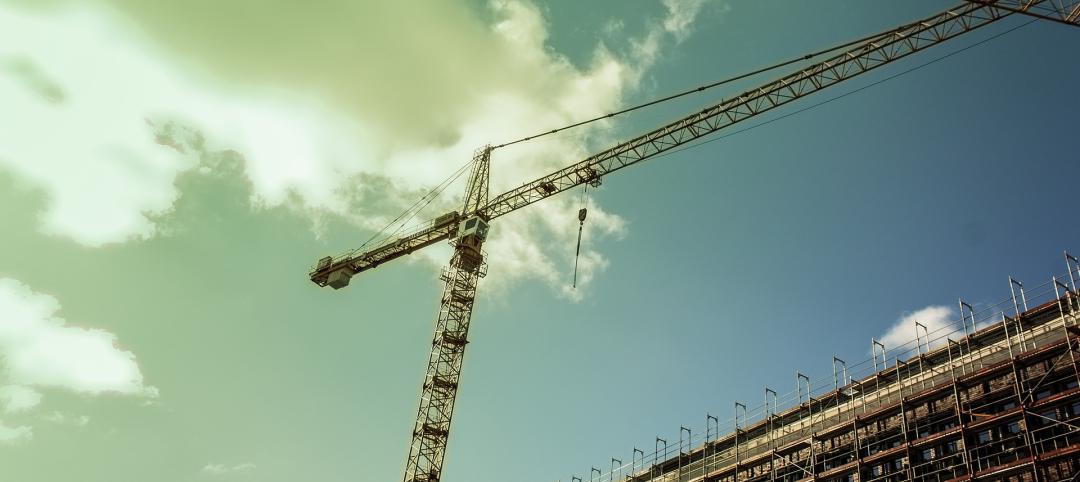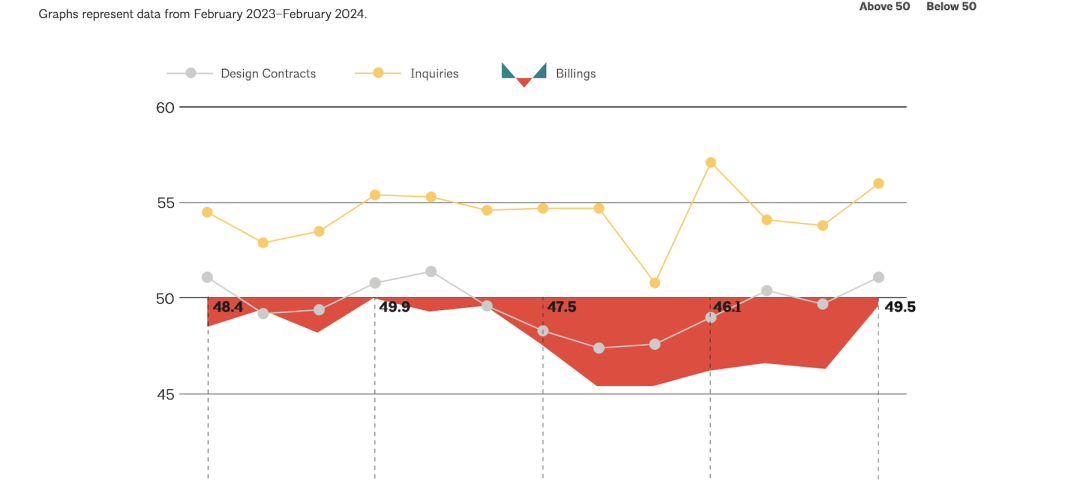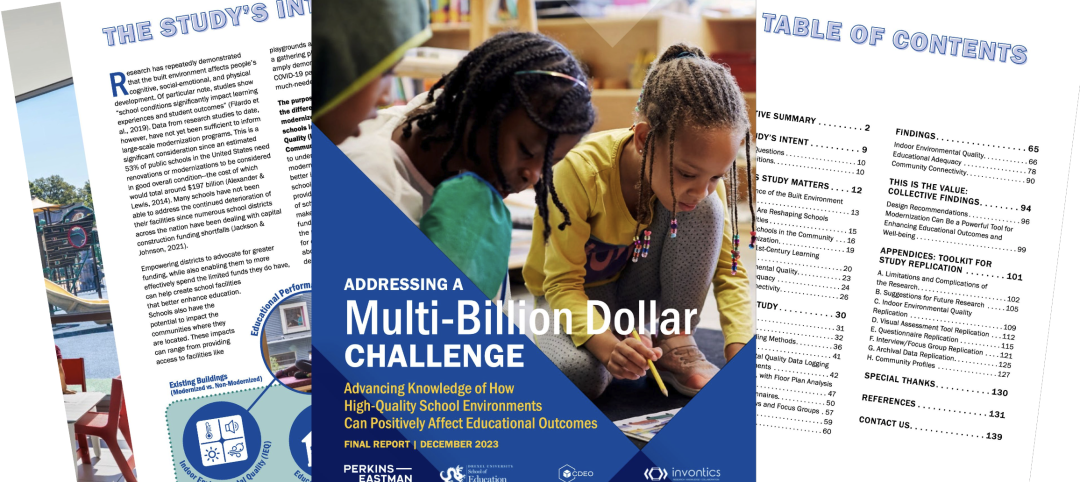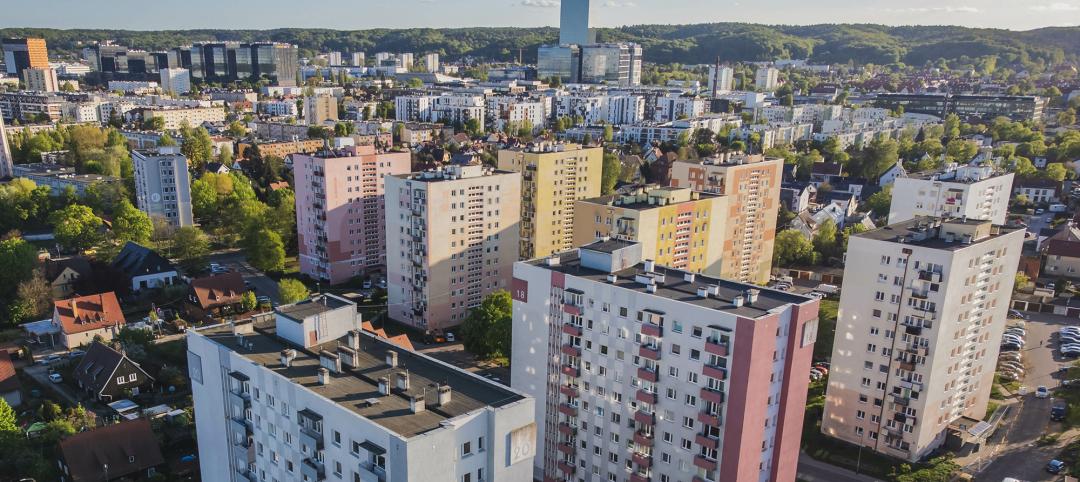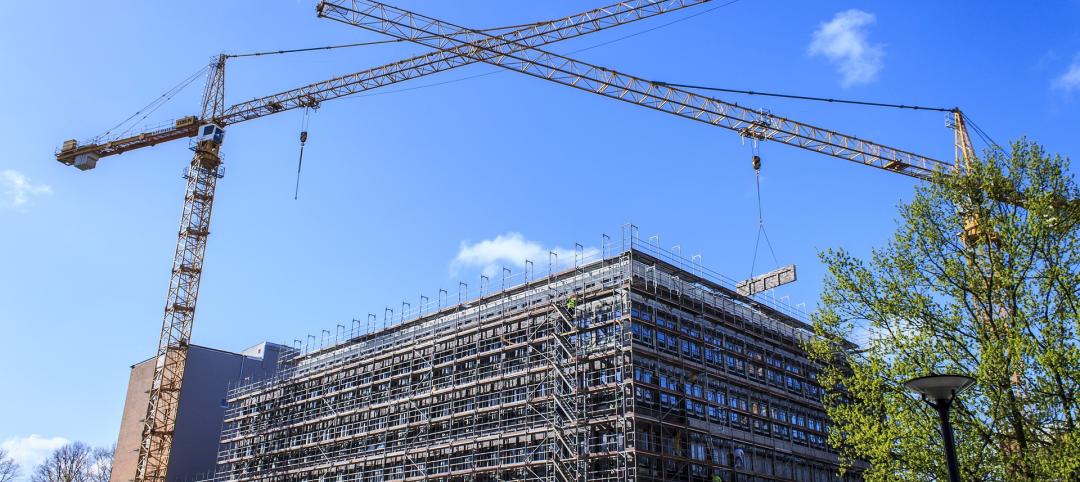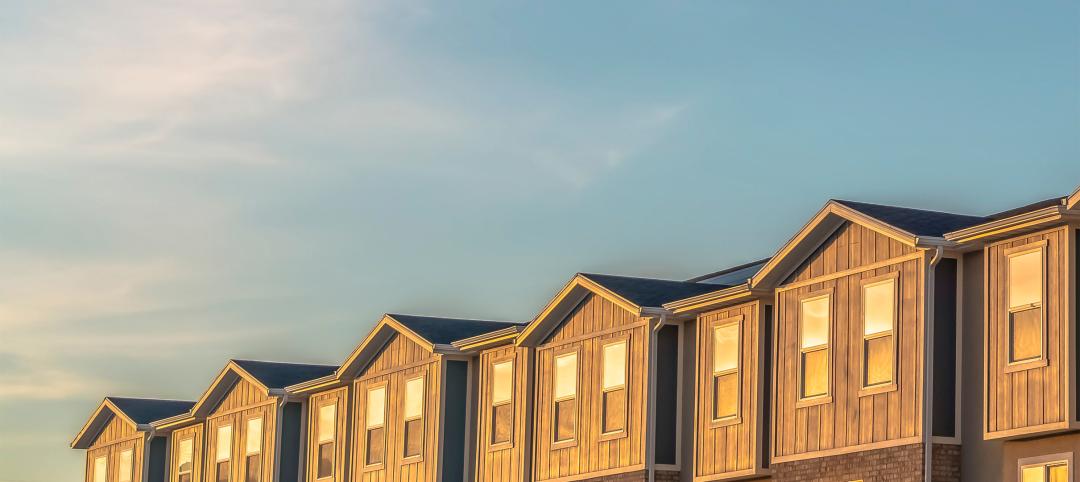Following the American Institute of Architects (AIA) announcement of the approval of a landmark resolution to engage the architectural profession in fighting climate change, a new report reveals why architects and engineers will need to redouble their efforts to reach 2030 Commitment goals.
“The findings of this new report underscore why it is imperative that the AIA make climate change a number one priority,” said AIA EVP/Chief Executive Officer Robert Ivy, FAIA. “Architects are uniquely positioned to have a significant impact on climate action. AIA is committed to rallying the profession so that together we can make progress towards our net-zero carbon goals by 2030. It’s critical that the architecture, engineering and construction industries come together to take action on this issue today.”
The report—2030 by the Numbers: The 2018 Summary of the AIA 2030 Commitment—amalgamates predicted energy use data in buildings from the 252 firms participating in the 2030 Commitment. Data from the latest report shows participating architects, engineers and owners are making progress to reduce the carbon footprint of buildings but are falling short of program targets.
In 2018, firms were targeting a 70% reduction in predicted energy use from the original baseline. Data from the new report shows that only a 46% reduction has been achieved.
Despite this shortfall, the report also points to progress. The data shows that the projects from the 252 participating firms would reduce $3.3 billion in operating costs and eliminate 17.7 million metric tons of CO2 emissions, which is equivalent to removing 3.7 million passenger vehicles from the road for a year.
AIA and its members are working to improve these results in an effort to meet 2030 Commitment targets. Last week, the AIA announced a landmark initiative to define immediate and long-term efforts to engage the architectural profession in climate action. Currently, the Institute is establishing goals to support mitigation and adaptation using the tenets of the comprehensive and holistic COTE Top Ten framework, now known as the AIA Framework for Design Excellence. Initially, AIA will focus its efforts on designing for energy, economy, and equitable communities. Additionally, the Institute will continue to encourage participation in the AIA’s 2030 Commitment and will work to develop new programs and resources that will support architects in fighting climate change.
Complete details of the report and information on AIA’s 2030 Commitment program can be found on AIA’s website.
Related Stories
Retail Centers | Apr 4, 2024
Retail design trends: Consumers are looking for wellness in where they shop
Consumers are making lifestyle choices with wellness in mind, which ignites in them a feeling of purpose and a sense of motivation. That’s the conclusion that the architecture and design firm MG2 draws from a survey of 1,182 U.S. adult consumers the firm conducted last December about retail design and what consumers want in healthier shopping experiences.
Market Data | Apr 1, 2024
Nonresidential construction spending dips 1.0% in February, reaches $1.179 trillion
National nonresidential construction spending declined 1.0% in February, according to an Associated Builders and Contractors analysis of data published today by the U.S. Census Bureau. On a seasonally adjusted annualized basis, nonresidential spending totaled $1.179 trillion.
Market Data | Mar 26, 2024
Architecture firm billings see modest easing in February
Architecture firm billings continued to decline in February, with an AIA/Deltek Architecture Billings Index (ABI) score of 49.5 for the month. However, February’s score marks the most modest easing in billings since July 2023 and suggests that the recent slowdown may be receding.
K-12 Schools | Mar 18, 2024
New study shows connections between K-12 school modernizations, improved test scores, graduation rates
Conducted by Drexel University in conjunction with Perkins Eastman, the research study reveals K-12 school modernizations significantly impact key educational indicators, including test scores, graduation rates, and enrollment over time.
MFPRO+ News | Mar 16, 2024
Multifamily rents stable heading into spring 2024
National asking multifamily rents posted their first increase in over seven months in February. The average U.S. asking rent rose $1 to $1,713 in February 2024, up 0.6% year-over-year.
Market Data | Mar 14, 2024
Download BD+C's March 2024 Market Intelligence Report
U.S. construction spending on buildings-related work rose 1.4% in January, but project teams continue to face headwinds related to inflation, interest rates, and supply chain issues, according to Building Design+Construction's March 2024 Market Intelligence Report (free PDF download).
Contractors | Mar 12, 2024
The average U.S. contractor has 8.1 months worth of construction work in the pipeline, as of February 2024
Associated Builders and Contractors reported that its Construction Backlog Indicator declined to 8.1 months in February, according to an ABC member survey conducted Feb. 20 to March 5. The reading is down 1.1 months from February 2023.
Market Data | Mar 6, 2024
Nonresidential construction spending slips 0.4% in January
National nonresidential construction spending decreased 0.4% in January, according to an Associated Builders and Contractors analysis of data published today by the U.S. Census Bureau. On a seasonally adjusted annualized basis, nonresidential spending totaled $1.190 trillion.
Multifamily Housing | Mar 4, 2024
Single-family rentals continue to grow in BTR communities
Single-family rentals are continuing to grow in built-to-rent communities. Both rent and occupancy growth have been strong in recent months while remaining a financially viable option for renters.
MFPRO+ News | Mar 2, 2024
Job gains boost Yardi Matrix National Rent Forecast for 2024
Multifamily asking rents broke the five-month streak of sequential average declines in January, rising 0.07 percent, shows a new special report from Yardi Matrix.




